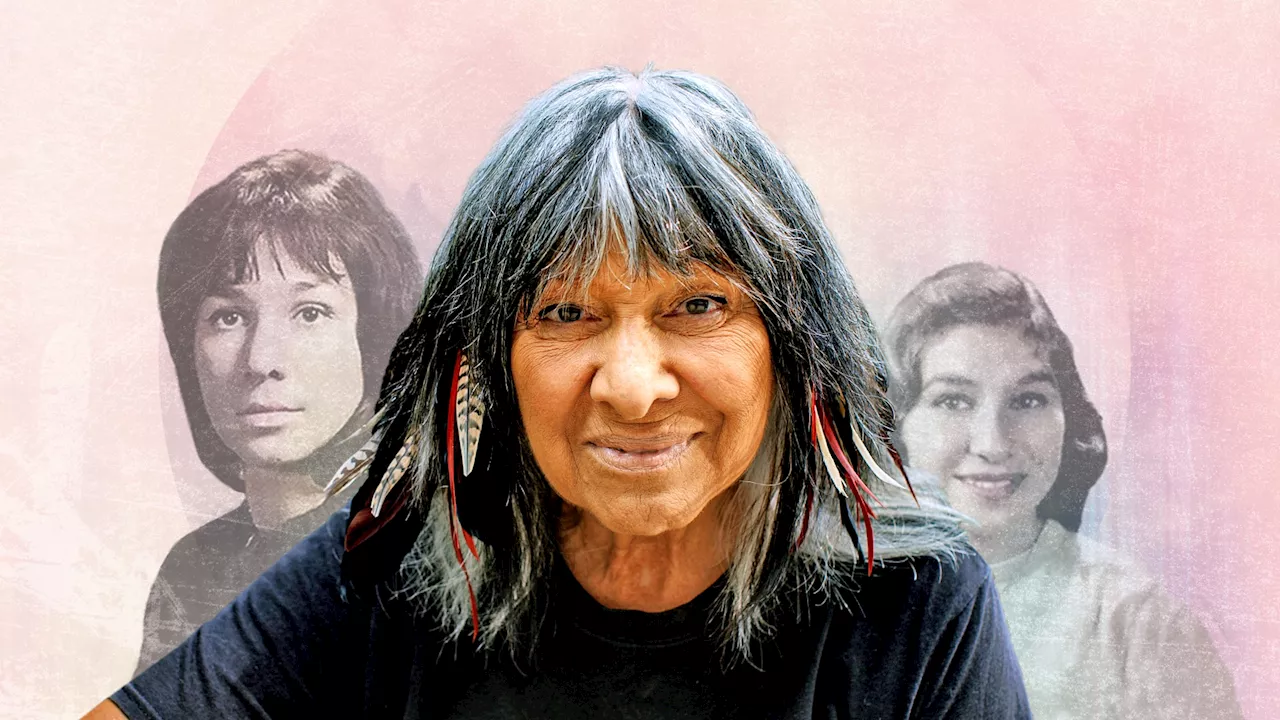Buffy Sainte-Marie’s claims to Indigenous ancestry are being contradicted by members of the iconic singer-songwriter's own family and an extensive CBC investigation.
singer-songwriter’s own family and an extensive CBC investigation.The Dec. 9 episode was the launch of the program’s efforts to present Indigenous culture to millions of viewers.
Late last year, CBC received a tip that Sainte-Marie is not of Cree ancestry but, in fact, has European roots. She is the latest high-profile public figure whose ancestry story has been contradicted by genealogical documentation, including her own birth certificate, historical research and personal accounts — the latest chapter in the complex and growing debate around Indigenous identity in Canada.
She has said later in life, she was reunited with her Piapot relatives and adopted into the community. Any perceived inconsistencies CBC has found in Sainte-Marie’s story, de Whytell said, “can be explained by the truth.”, she reiterated that she is “a proud member of the Native community with deep roots in Canada” and said there are many things she doesn’t know about her ancestry.
Sainte-Marie is known as the first Indigenous person to win an Oscar. In 1983, she shared the award with her husband at the time, Jack Nitzsche, for composing the best original song Up Where We Belong. Last year, she was the subject of a travelling exhibit featured at Ottawa’s National Arts Centre. She was also the focus of a five-part CBC podcast about her life and legacy and a one-hour concert televised on CBC that celebrated her leadership in Indigenous music., a documentary examining her influence as a champion for Indigenous people and their rights. It is the only Canadian production to have been nominated for a 2023 International Emmy.
That record said Beverly Jean Santamaria, who started going by the name Buffy Sainte-Marie early in her music career, was born in 1941 in Stoneham, Mass., to Albert and Winifred Santamaria — the couple Sainte-Marie claimed adopted her.Sainte-Marie’s story fits an all-too-familiar pattern, said Métis lawyer Jean Teillet of Vancouver.
In 2018, Sainte-Marie won the Juno for Indigenous music album of the year for Medicine Songs, one of many awards she’s won that are designated for Indigenous musicians. Heidi St. Marie remembers the moment her father, Sainte-Marie’s older brother, received a threatening letter from his sister and her high-powered Los Angeles attorney.Heidi St. Marie holds the letter she says her father received in 1975 from a lawyer for his sister, Buffy Sainte-Marie. Sainte-Marie was raised by Albert and Winifred Santamaria in the town of Wakefield, Mass., along with her elder brother, Alan, and a younger sister, Lainey.
Sainte-Marie’s 2012 biography suggests she was put up for adoption after her biological mother died shortly after giving birth to her near the Piapot First Nation.In 2022, PBS reported that “she was taken from her family against their will” as a result of the “cruel and racist” practice in Canada known as theThis is a claim Sainte-Marie also made in a 2018 interview with National Public Radio in the United States, when she was asked to describe her own adoption.
Yet the very next year, the Montreal Gazette quoted her as saying: “I don’t know who my real mother was.” A profile in Look Magazine in December 1964 said Sainte-Marie was “born of Cree Indian parents” and adopted by Albert and Winifred Santamaria.“After reading the story,” he told the Wakefield Daily Item in a Dec. 4, 1964, story, “I thought I should come down and tell you the truth about Buffy. She doesn’t sound in this magazine story like the girl who grew up here.”
“She was a really talented musician,” he said. “And she was also authentic in her support for the Native Americans. She really cared about them. She was a voice for them.”Whispers began to swirl that Sainte-Marie had threatened family members, including her own brother, with legal action or worse if they publicly questioned her ancestry claims.
“It doesn’t make any sense to me — these kids, trying to be Indians,” she is quoted as saying. “They’ll never become Indians.” “The group offered her a chance to meet people who were a lot like her: young, college educated, politically charged and ready to make a change,” the 2018 biography says.In the early 1960s, Sainte-Marie travelled to Oklahoma with members of the NIYC. She said she witnessed racism.Over the decades, she used her fame to fight for Indigenous rights.
TallBear said Sainte-Marie’s “long black hair and this kind of exotic sort of image she’s cultivating,” combined with her claim of being Indigenous, “greatly elevated her career and her visibility.” In March 1963, Florida’s Fort Lauderdale News said she was “a full-blooded Algonquin Indian.” That was echoed in a New York Times article in August of that year, which called her “a young Algonquin Indian girl.”
As part of her report on false Indigenous identity claims, Teillet included a list of what she refers to as “red flags,” warning signs that might indicate someone isn’t telling the truth about their ancestry. One of those flags is shifting Indigenous identities. “Emile and Clara had reportedly had a daughter taken from the reserve around the time Sainte-Marie was born,” the biography says.
“I don’t think anyone is probably going to disrespect their decision to continue claiming her as kin,” said TallBear.“That does not contradict or make up for five decades of fabrication of one’s story of origin, one’s childhood, the disavowal of one’s biological family,” said TallBear. “We are also unaware of any records destroyed by fire or flood, or missing for any other reason,” the province said in an email to CBC.
Kim TallBear said it’s very common for pretenders to claim “there was no documentation. The documents all burned in a courthouse fire or they burned in a house fire.” While watching the film, alarm bells went off for her. She said Sainte-Marie’s explanation of her birth and her childhood was rambling and imprecise, without any documentation.
“This is the original that came from the hospital,” said Sagarino, who has worked at the Stoneham town hall for more than 20 years. “There’s no refuting this because it’s in my custody from my files in my vault.” The 1950 U.S. census says nine-year-old Beverly was a white girl, born in Massachusetts to the St. Maries.
According to an article in the Globe and Mail in 1975, her long-term contract with her record label had ended the previous year, and she was trying to shift from folk music to rock, country and pop. However, she was having a tough time selling records and concert tickets.
“Buffy St. Marie was not born on a reservation…. She was born of Caucasian parents in Stoneham, Mass.,” he wrote to the Denver Post in May 1972.In 1975, as Heidi St. Marie’s father, Alan, was greeting passengers after landing a plane in New York City, he was surprised to discover that his sister was one of them.She said they were both thrilled by the encounter, noting that “at this point, there’s no animosity between them at all.
Alan St. Marie was a pilot overseas in the U.S. air force before returning stateside to work as a commercial airline pilot in the early 1970s. Heidi St. Marie says her father, Alan St. Marie, received a handwritten letter in November 1975 from his sister Buffy alleging he sexually abused her when they were children and the guilt of it induced him to hurt her 'through a children’s show.
Heidi St. Marie said she believes Sainte-Marie was trying to silence Alan through her allegations. And, she said, it worked. TallBear said she travels widely in Indigenous circles across North America and she believes revelations about Sainte-Marie’s ancestry will hit hard. “She’s talented. She’s wonderful. Did she have to do it in ‘red face’?” Teillet asked. “I would argue that she didn’t have to. She chose to do that.”
Canada Latest News, Canada Headlines
Similar News:You can also read news stories similar to this one that we have collected from other news sources.
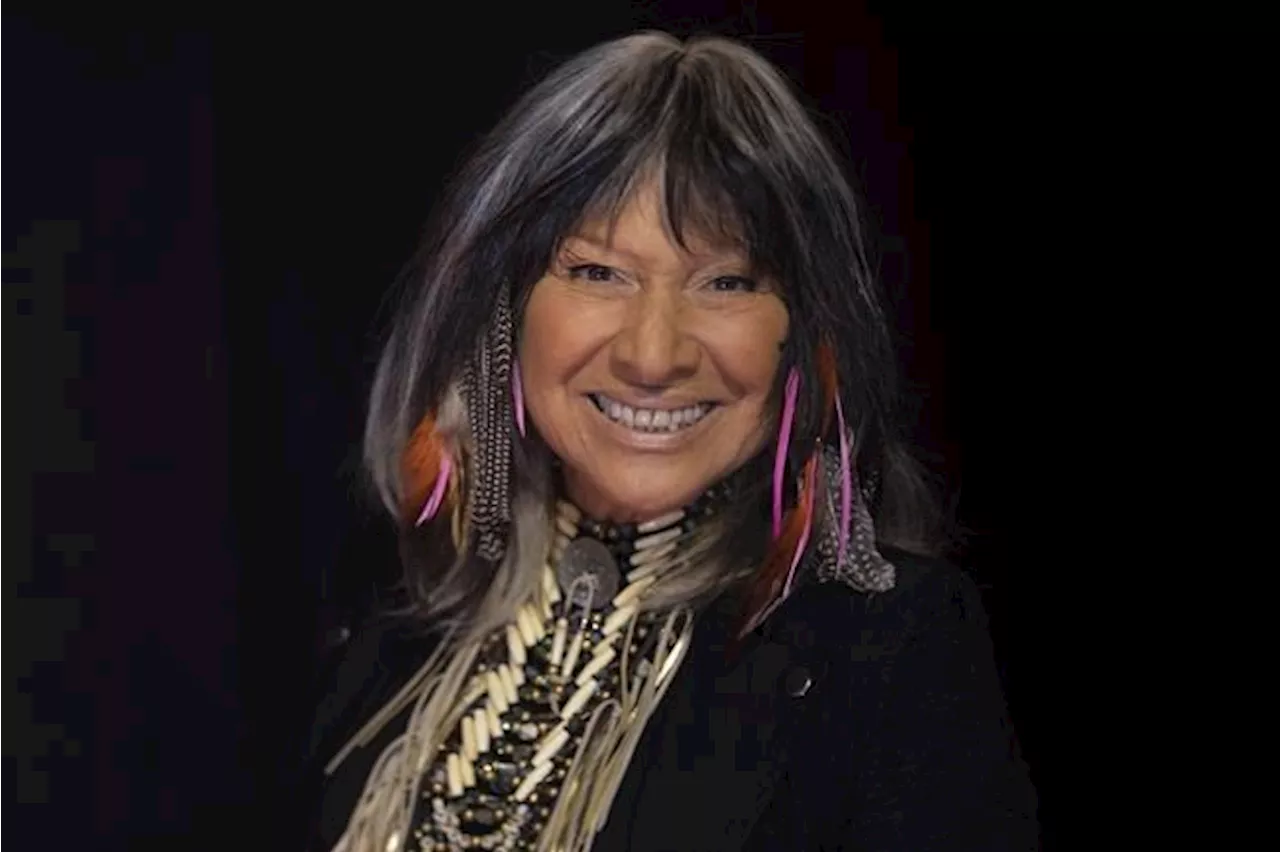 'I know who I am:' Buffy Sainte-Marie calls Indigenous identity questions hurtfulBuffy Sainte-Marie, a musician known for decades of Indigenous activism, says she’s always been honest that she doesn’t know the identity of her birth parents ahead of a CBC report expected to question her First Nations ancestry.
'I know who I am:' Buffy Sainte-Marie calls Indigenous identity questions hurtfulBuffy Sainte-Marie, a musician known for decades of Indigenous activism, says she’s always been honest that she doesn’t know the identity of her birth parents ahead of a CBC report expected to question her First Nations ancestry.
Read more »
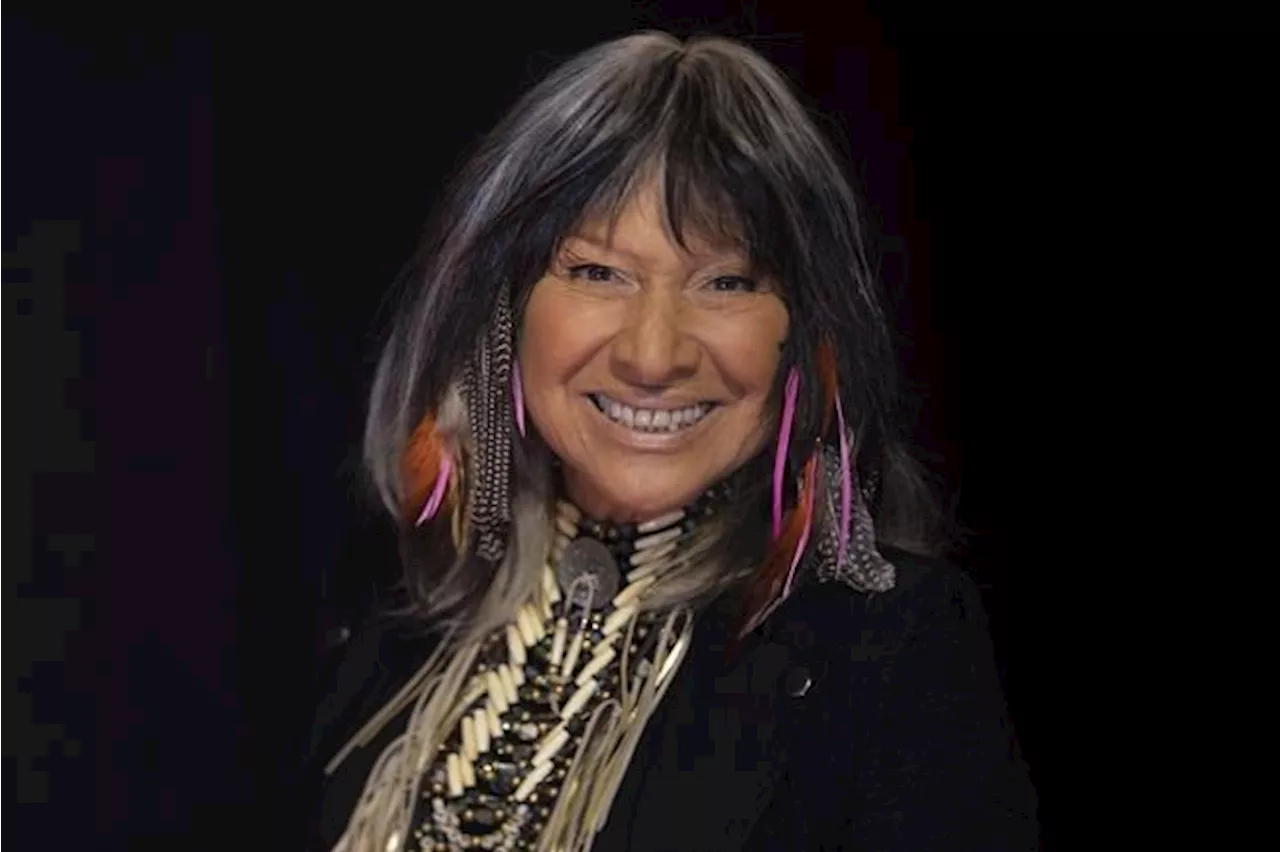 'I know who I am:' Buffy Sainte-Marie calls Indigenous identity questions hurtfulBuffy Sainte-Marie, a musician known for decades of Indigenous activism, says she’s always been honest that she doesn’t know the identity of her birth parents ahead of a CBC report expected to question her First Nations ancestry.
'I know who I am:' Buffy Sainte-Marie calls Indigenous identity questions hurtfulBuffy Sainte-Marie, a musician known for decades of Indigenous activism, says she’s always been honest that she doesn’t know the identity of her birth parents ahead of a CBC report expected to question her First Nations ancestry.
Read more »
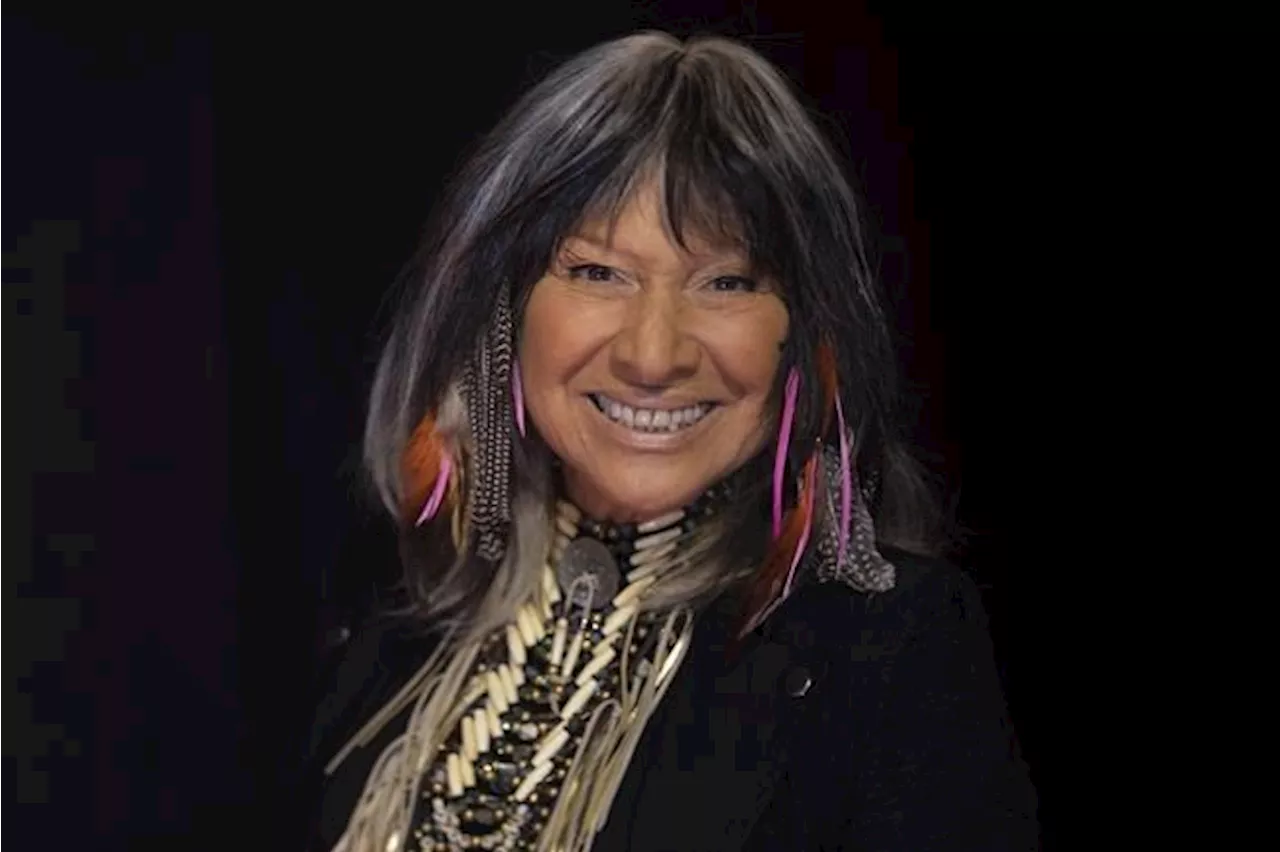 'I know who I am:' Buffy Sainte-Marie calls Indigenous identity questions hurtfulBuffy Sainte-Marie, a musician known for decades of Indigenous activism, says she’s always been honest that she doesn’t know the identity of her birth parents ahead of a CBC report expected to question her First Nations ancestry.
'I know who I am:' Buffy Sainte-Marie calls Indigenous identity questions hurtfulBuffy Sainte-Marie, a musician known for decades of Indigenous activism, says she’s always been honest that she doesn’t know the identity of her birth parents ahead of a CBC report expected to question her First Nations ancestry.
Read more »
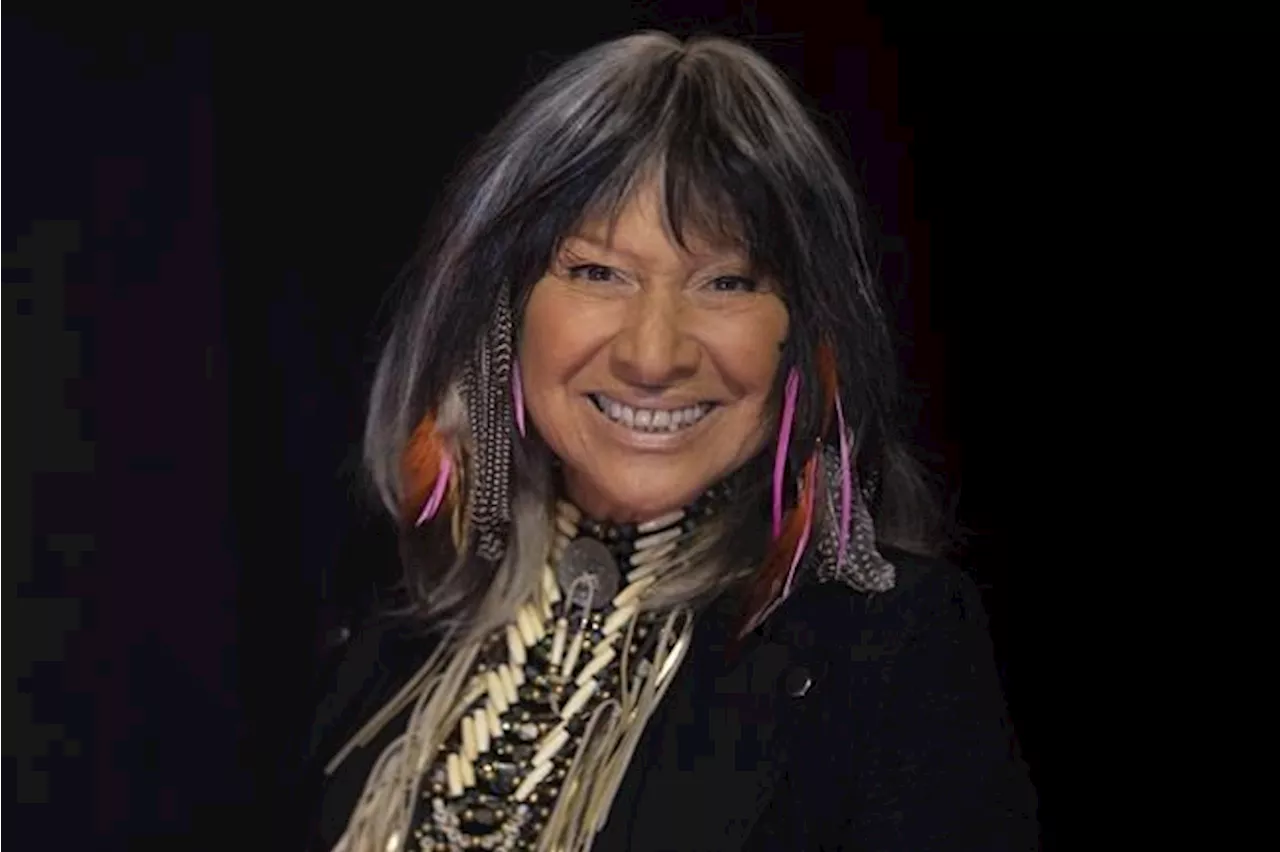 'I know who I am:' Buffy Sainte-Marie calls Indigenous identity questions hurtfulBuffy Sainte-Marie, a musician known for decades of Indigenous activism, says she’s always been honest that she doesn’t know the identity of her birth parents ahead of a CBC report expected to question her First Nations ancestry.
'I know who I am:' Buffy Sainte-Marie calls Indigenous identity questions hurtfulBuffy Sainte-Marie, a musician known for decades of Indigenous activism, says she’s always been honest that she doesn’t know the identity of her birth parents ahead of a CBC report expected to question her First Nations ancestry.
Read more »
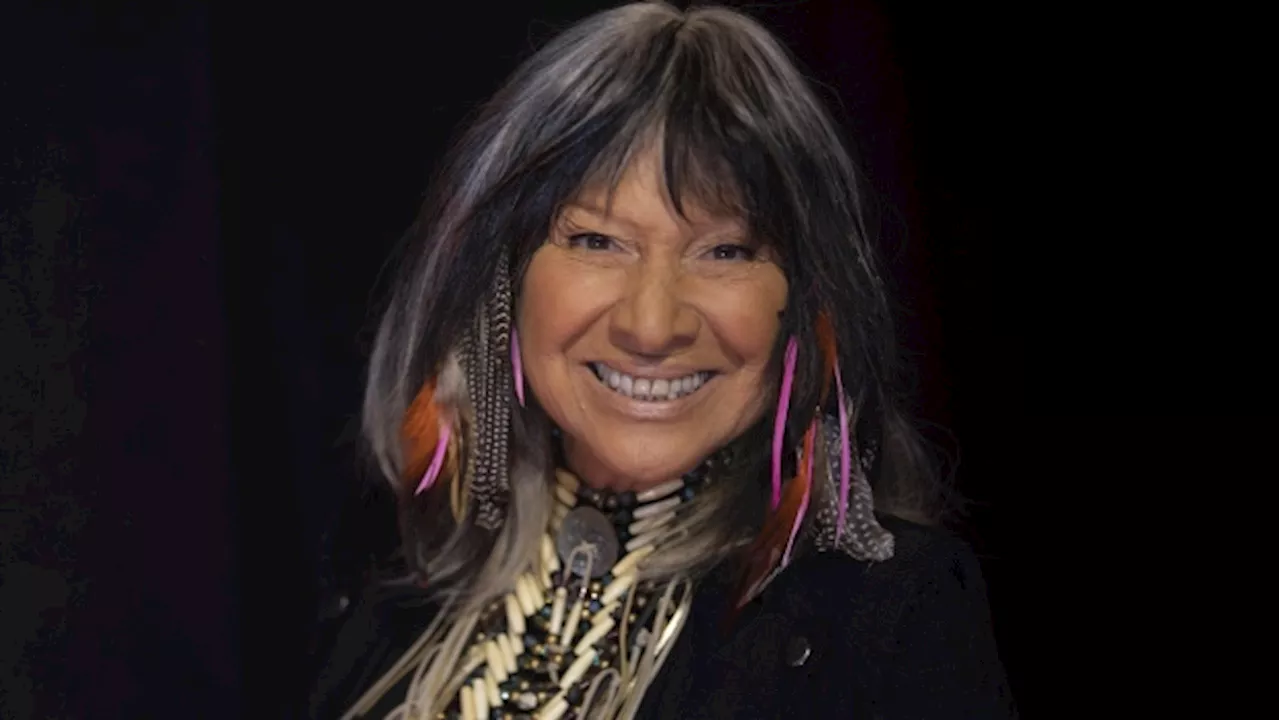 Buffy Sainte-Marie responds to allegations about Indigenous ancestrySinger-songwriter Buffy Sainte-Marie has responded to questions about her Indigenous ancestry that are expected to be raised in a CBC report airing this week.
Buffy Sainte-Marie responds to allegations about Indigenous ancestrySinger-songwriter Buffy Sainte-Marie has responded to questions about her Indigenous ancestry that are expected to be raised in a CBC report airing this week.
Read more »
 ‘I know who I am’: Buffy Sainte-Marie reponds to allegations about her ancestryBuffy Sainte-Marie called the allegations and probing into her past 'deeply hurtful.'
‘I know who I am’: Buffy Sainte-Marie reponds to allegations about her ancestryBuffy Sainte-Marie called the allegations and probing into her past 'deeply hurtful.'
Read more »
